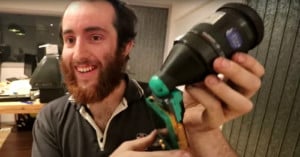
This is a 3D-Printed Canon EF Mount for the Gameboy Camera
A YouTuber and creator has enhanced the classic GameBoy Camera by 3D-printing a new mount that allows it to use Canon EF lenses.

A YouTuber and creator has enhanced the classic GameBoy Camera by 3D-printing a new mount that allows it to use Canon EF lenses.
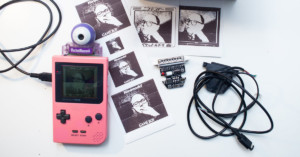
The GameBoy Camera is a cult classic, but finding paper for the GameBoy Printer that it uses is a pain. Fortunately, industrious creator Vaclav Mach engineered a solution that'll let you attach the GameBoy camera to any cheap thermal/receipt printer you can find.
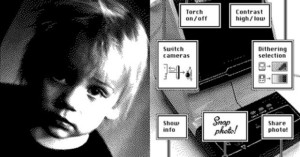
The 1-bit camera app is definitely not for people who love to mess around with filters and tweak high-quality images on their iPhone, there are plenty of other apps for that. Instead, the 1-bit camera is for those of us who remember using the old Nintendo Gameboy Camera; for those of us who don't mind paying $0.99 for a dose of good ol' fashioned nostalgia.
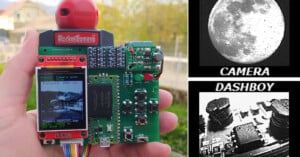
The Nintendo Game Boy Camera holds a special place in the hearts of many photographers and gamers. It is an iconic part of photography history and was the first digital camera that many people owned when it hit store shelves in 1998 for about $50. Among the Game Boy Camera's numerous limitations is that it requires a Nintendo Game Boy, although builder Raphael Boichot has something to say about that with his Dashboy Camera project.
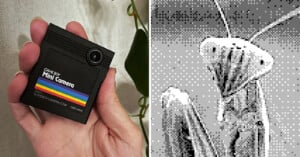
Christopher Graves previously made waves with their incredible Game Boy Camera projects and photography, including the stylish Game Boy Camera M mirrorless camera. Graves has now crafted the Game Boy Mini Camera, which shrinks the large Game Boy Camera to the size of a standard Game Boy cartridge.
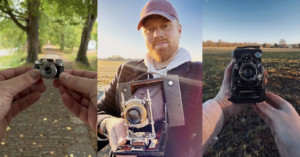
A photographer has become an online sensation taking pictures with expired film and unusual vintage cameras.
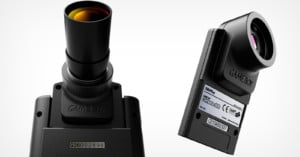
A 3D-printable adapter allows fans of the Game Boy Camera to use small CS-mount interchangeable lenses with it, which also opens the door to adapting much larger optics to the camera first made available in 1998.
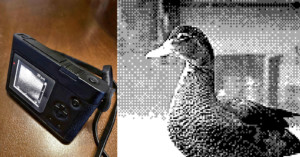
Game Boy and camera enthusiast, Christopher Graves, fused his two passions to create the Game Boy Camera M, a mirrorless Game Boy camera with a sleek design.
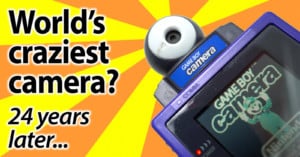
Photographer Gordon Laing from Camera Labs and Dino Bytes has released a special episode dedicated to one of the strangest digital cameras released in the 90s - The Nintendo Game Boy Camera.
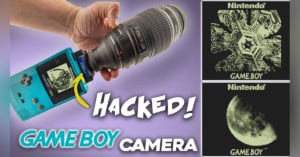
My name is David Windestal, and in this video and article, I will share how you can hack and modify a Game Boy Camera to mount serious camera lenses in order to shoot amazing lo-fi photos.
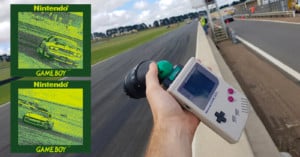
The Game Boy Camera has been modded countless times over the years, mostly just for nostalgia. But what about putting one into a real-world situation? How would it fare? YouTuber and car enthusiast Conor Merrigan decided to find out.
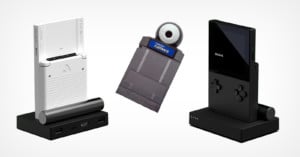
The Game Boy camera is a cult classic image capture device originally released in 1998 that creators still toy around with to this day. A major block to modern use though is how difficult it can be to access the photos, but that is changing.
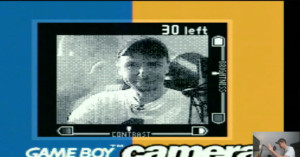
Retro Game Couch made this 3-minute video showing how you can convert an old Game Boy Camera into a "modern" webcam. It may not have the best resolution -- it's 8-bit, after all -- but it will certainly guarantee you a lot of attention in your next Zoom meeting.
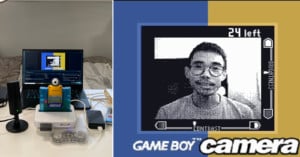
A couple of days ago a user on r/Gameboy asked the community if there was any way to turn his Game Boy Camera into a functioning webcam so that (in his words) "I can be an a** to people I don't respect." Well, someone came through and showed that it is actually possible to do this.
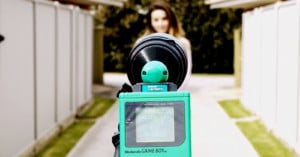
Sam McKenzie from the YouTube channel 3D Printor recently embarked on a fun project. Using a 3D printed adapter he found on Thingiverse, he modded a classic Game Boy Camera, shot portraits using a 70-200mm lens (approximately 3000mm equivalent), and printed one of those portraits on canvas.
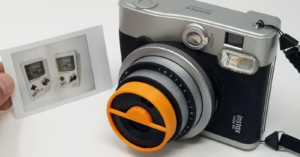
Lomography sells a neat accessory for its Lomo'Instant camera called the Splitzer that lets you split your shots with multiple exposures. If you use the popular Fujifilm Instax Mini 90, there's now a "Splitzer" for you.
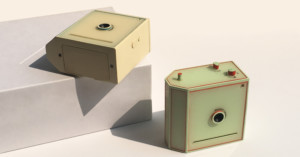
Instant photography can get expensive fast: a pack of Fuji INSTAX Square (20 count) costs $18, and only 8 exposures of Polaroid Originals Color will cost you $19! That's where the Alulu camera comes in. Where other cameras use film, Alulu uses new or used receipt paper!
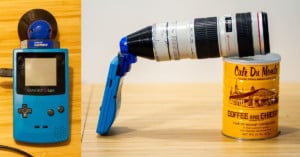
We've seen the Game Boy Camera used with a telescope and with smartphone lenses, but photographer Bastiaan Ekeler did something even more unusual: he designed and built a Canon EF lens mount for his.
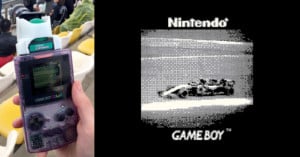
Photographer and Formula 1 fan Tim Binnion recently attended the 2018 Chinese Grand Prix in Shanghai. In addition to shooting the race with his Nikon DSLR, Binnion also decided to document it with a 0.016-megapixel Game Boy Camera from 1998... and the results are pretty awesome.
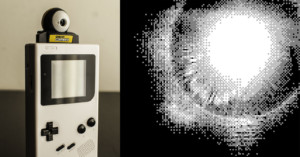
During the Great American Eclipse, while most photographers worried about camera settings and solar filters, Redditor zhx decided to bust out a Game Boy Camera, which was introduced in 1998 and features a 128×128 pixel CMOS sensor.
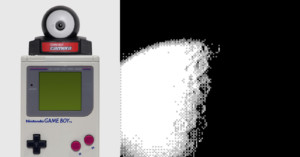
Astrophotographer Alexander Pietrow recently made some unusual photo history: he is apparently the first person ever to photograph the Moon and Jupiter using a Game Boy Camera.
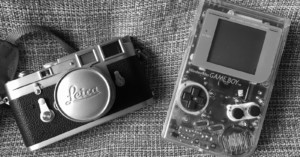
Inspired by a list that I saw some time ago made by “gadget experts” (whatever those are) who chose the Leica M3 as the top gadget of all time and the original Game Boy as one of the top five, I decided to compare them.

A couple of weeks ago, Ted Forbes of The Art of Photography released a well-received video called WHY GEAR DOESN'T MATTER. This rebuttal, posted by Marc Falzon over at Analog Process, is one of the best arguments for how and why gear DOES matter that we've seen.
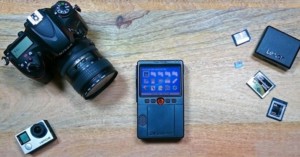
On-location backup is critical... and often a pain in the butt. If you're not carrying your laptop with you, backing up your files is a crap shoot; if you are, it's cumbersome and time-consuming. That's where the portable, powerful Flash Porter comes in.
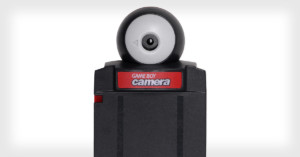
Here's a fun little piece of photography trivia: did you know that when it was released in 1998, the Game Boy Camera was the world's smallest digital camera?

Do you yearn for a time when graphics were more pixelated and Betamax still had a chance? At times, we can’t help but to reminisce about late 20th-century technology, which is why we have decided to take a close look at Retrospecs for iOS. This nifty $2 app allows you to quickly transform your favorite pictures into retro computing art with the press of a button. Today, we are taking a look to see if it fulfills our nostalgic desires or gives us the pains of Nintendo’s Virtual Boy.

Here's a collection of camera commercials that have appeared over the past 20 years. No matter your age, there’s probably something here that you’ll remember, and I hope it will bring back a bit of nostalgia. I've also selected what I consider the best commercial of them all.
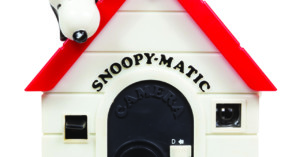
Sometime after George Eastman brought a camera into every home and before Apple put a capable camera into every pocket, the toy camera was born. And the new book "Camera Crazy" by Christopher D. Salyers and Buzz Poole celebrates the rich, colorful, and sometimes silly history of these novelty shooters by introducing you to some of the most iconic of the many that have been released.
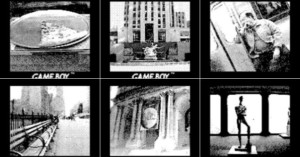
Released in September of 1998, the Game Boy Camera was actual deemed the world's smallest digital camera by none other than the Guinness Book of World Records in its heyday. Created to be an official accessory of the then-revolutionary Nintendo Game Boy device, the camera was capable of capturing images with a resolution of, hold on to your hats ladies and gentlemen, 256x224 pixels.
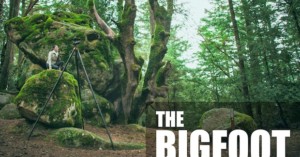
As we've done for the past couple of years, rather than try our hand at comedy and post something tricky on April Fools, we instead round up all the best photography April Fools' jokes we can find and post them all in one place.
Buckle up, enjoy the ride, and try to imagine a world where these ideas were actually real.

Camera makers narrowed the point-and-shoot market down to a couple of basic designs some years ago, and ever since it's been one variation after another on slim-and-silver or megazoom brawn. But oh, back in the day...
There was room for experimentation, as shown by these inventive camera designs that turned heads at the time but never quite became industry reference points.
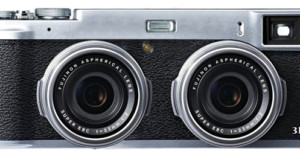
April Fools' Day: the beautiful (or painful) day of the year on which the Internet is teeming with fabricated stories designed to fool and humor. We used to participate in the jokes and cover the silliness, but last year we started doing a single roundup post instead to keep you up to speed on April Fools' Day humor in the world of photography.
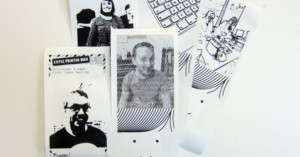
BERG Cloud got the tech world talking earlier this year when it announced the Little Printer, a tiny little ink-less, cloud-connected printer that prints your social media feeds onto strips of thermal printer. While the device is designed to print out tiny, text-based newspapers with updates from services such as Twitter and Facebook, they company is also hacked together a simple photo printing feature that lets you send the printer any photo from your phone and have it quickly printed out in black-and-white.
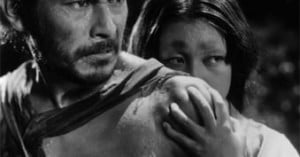
Way back in the day, when the first mirrorless cameras were released, I was on them like white on rice. I desperately wanted to love, well, any of them: the Sigma DP-1, Panasonic G1, Olympus E-P1, Leica X-1, and more all passed through my hands. Many people loved having a small camera that delivered high image quality. I loved that idea, too, but I didn’t love those first cameras because of what they couldn’t do. They couldn’t shoot high ISO. There weren’t many lenses. Autofocus times reminded me of loading pages on dial-up Internet connections. But at the time (way back in 2009) I thought this was the future of consumer imaging. I predicted that by their third generation, mirrorless cameras would eventually take over the intro-level SLR slot.